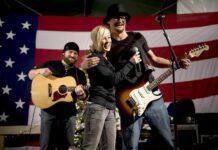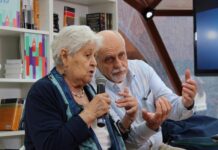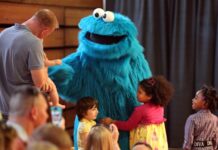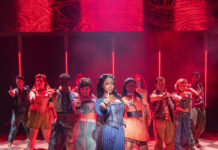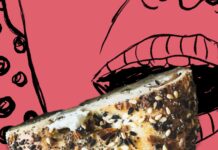Things to Do in Seattle
A Shakespeare redo, Lady Gaga, and an inconceivable classic screened outdoors.
The Hottest Club in Town Is the Line for Matcha
Farhan Mustafa has a revelation about why the kids are all in line for tea.
Pioneer Square’s Newest Hotel Is Almost Too Cool for Us
Populus Seattle gives the Railspur development a killer rooftop bar.
I Lived with a Fruit Fly Infestation. It Was Totally Worth It.
If you want to make wine, fruit flies are part of the deal.
Homer Reopening, Backyard Bagels Coming to U Village’s Backyard, and More Food News
Two local restaurant families recover from misfortune.
Seattle Summer Outdoor Movie Guide 2025
Hope you wanted to see Wicked this year.
Hello world!
Welcome to WordPress. This is your first post. Edit or delete it, then start writing!



